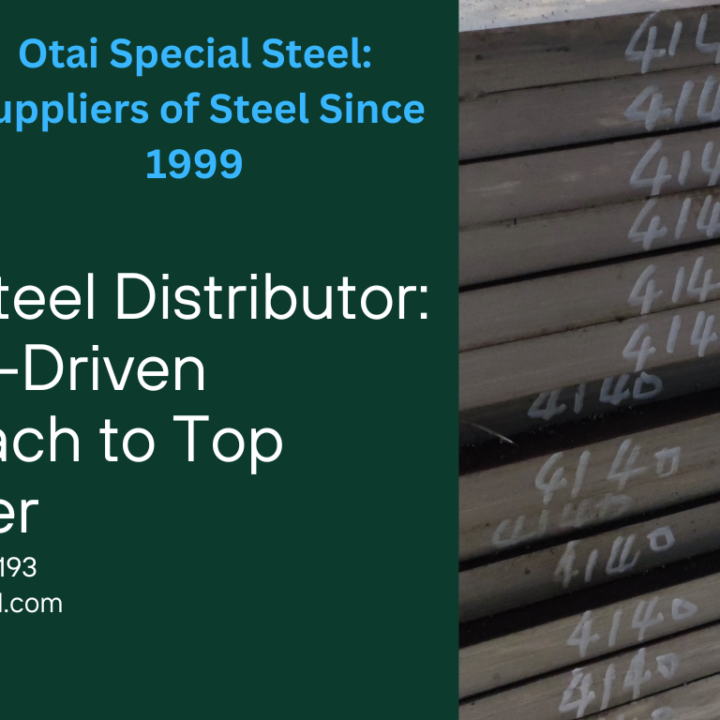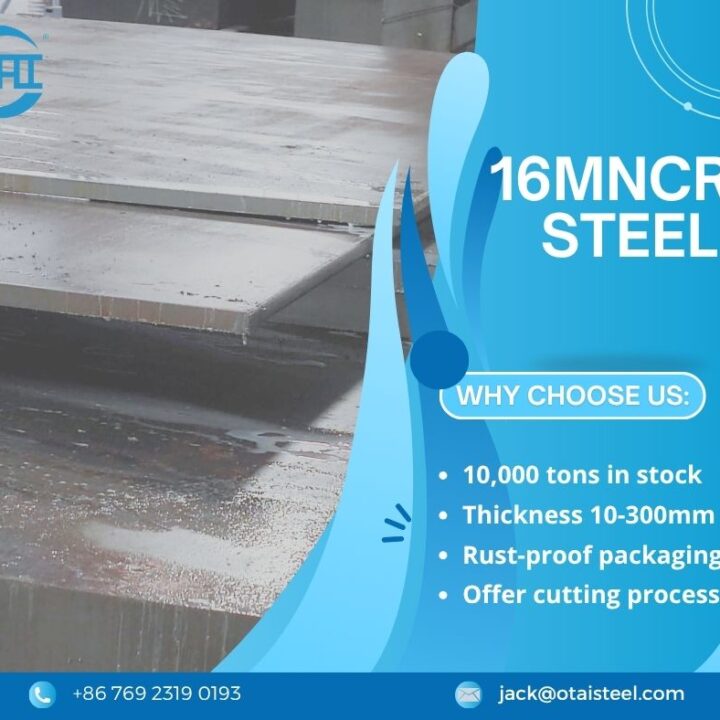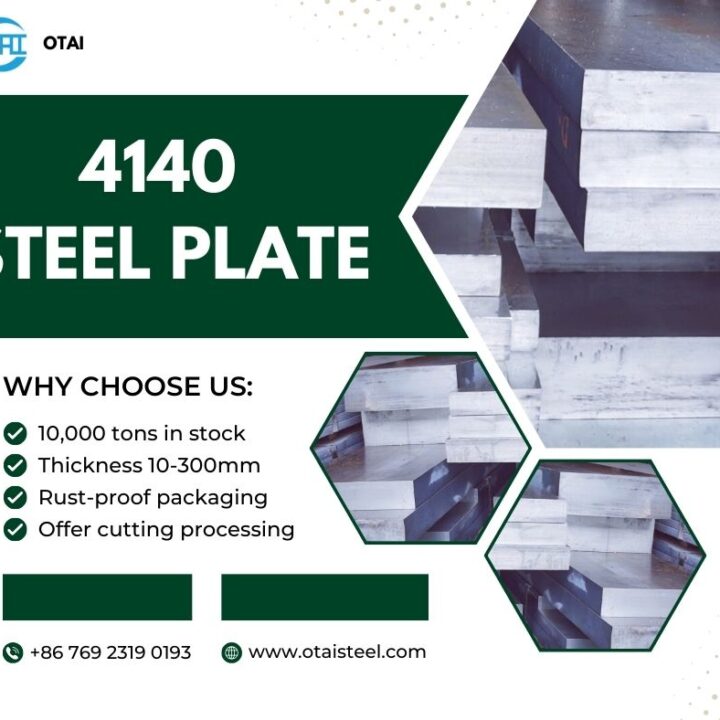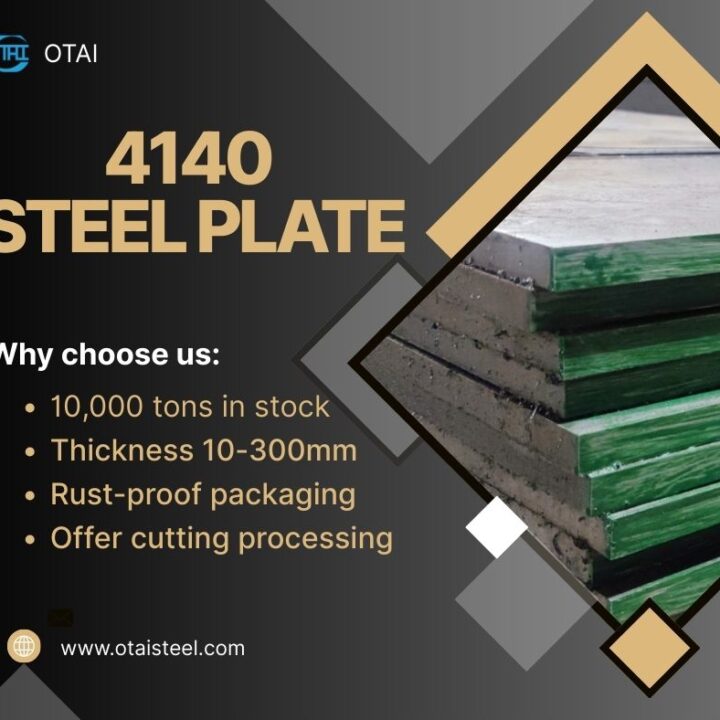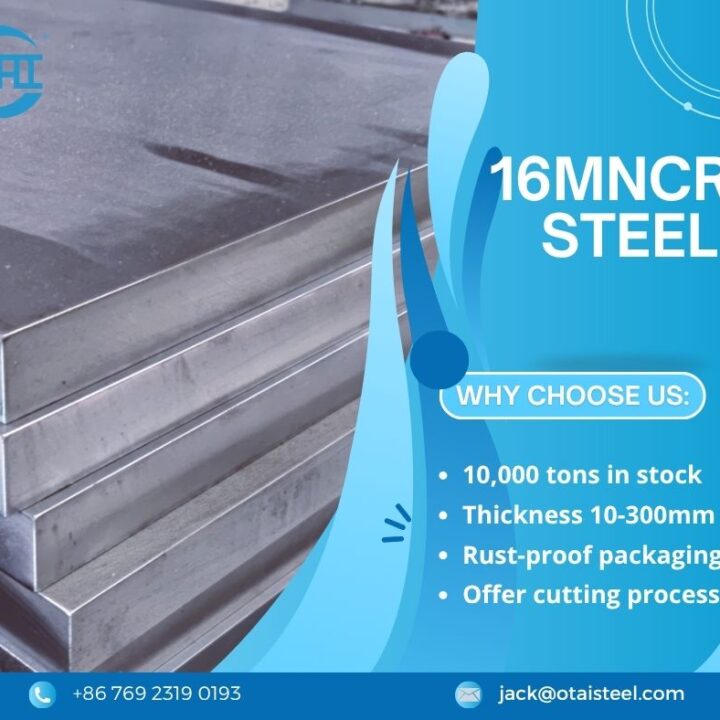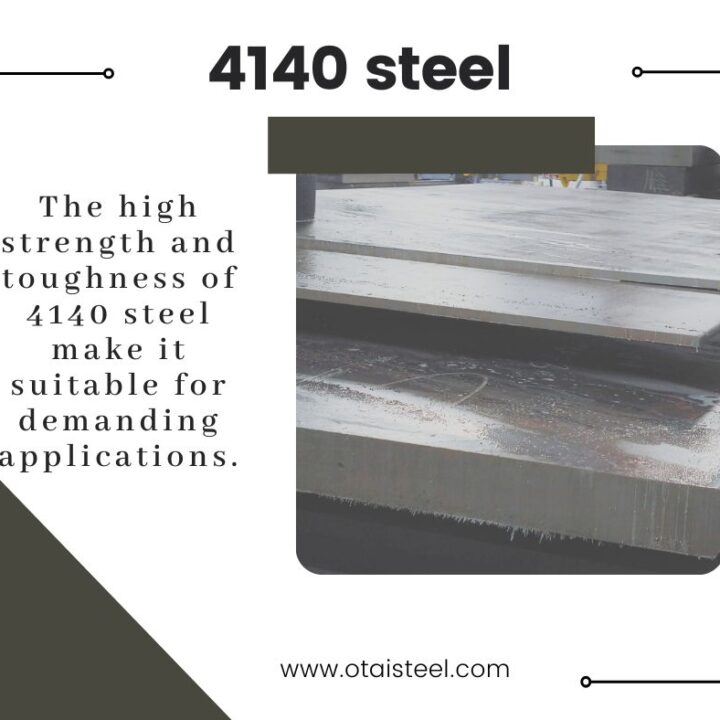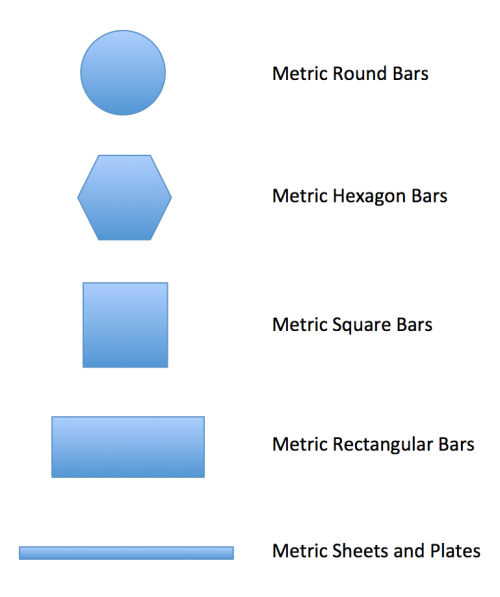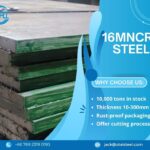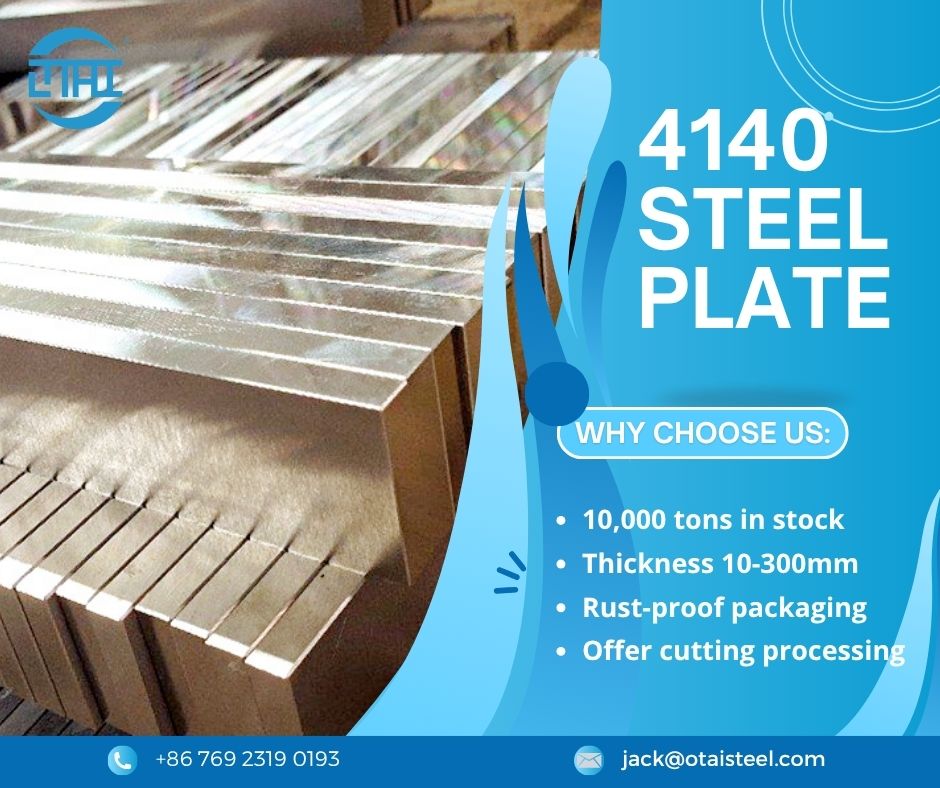 Is 4140 Steel Expensive? A Breakdown of Cost Factors and Value for Money
Is 4140 Steel Expensive? A Breakdown of Cost Factors and Value for Money
4140 steel is a highly versatile and widely used alloy steel that offers exceptional strength, toughness, and resistance to wear. Because of its unique combination of carbon and alloying elements like chromium, molybdenum, and manganese, 4140 steel is often used in demanding applications such as automotive parts, machinery, and structural components. However, one common question that arises when considering this material is whether 4140 steel is expensive.
In this article, we’ll explore the various factors that influence the cost of 4140 steel, compare it to other materials, and analyze whether the price justifies its performance and benefits.
🧪 What Factors Affect the Cost of 4140 Steel?
The price of 4140 steel is influenced by several factors, ranging from raw material costs to production processes. Understanding these factors will give you a clearer picture of why 4140 steel may seem more expensive than other materials.
1. Raw Material Costs
The cost of raw materials like chromium, molybdenum, and manganese can significantly impact the price of 4140 steel. These elements are used in the alloying process to enhance the steel’s properties, such as hardenability and resistance to wear and fatigue. The price of these raw materials can fluctuate based on market conditions, affecting the overall cost of the steel.
2. Manufacturing Process
The method of manufacturing also affects the cost of 4140 steel. Forging, casting, and rolling processes all require different levels of energy, time, and equipment. 4140 steel is commonly forged, which requires high-temperature equipment and skilled labor. Forged steel is more expensive than cast steel because of the labor-intensive process involved.
3. Heat Treatment and Finishing
For many applications, 4140 steel undergoes heat treatment processes such as quenching and tempering to improve its mechanical properties. These processes require additional energy and equipment, further increasing the cost. Additionally, finishing processes like machining or polishing may also add to the price, depending on the desired specifications.
4. Supply and Demand
Like any commodity, the price of 4140 steel can be influenced by market dynamics such as supply and demand. If there is high demand for 4140 steel for a particular application, or if there are supply chain disruptions, the price may increase. For instance, if large industries (such as the automotive or aerospace sector) increase their demand for 4140 steel, it may cause a spike in its price.
5. Volume of Purchase
Buying 4140 steel in bulk or larger quantities typically reduces the per-unit cost. Bulk purchases can provide savings, especially for large manufacturing operations. Conversely, buying small amounts of 4140 steel may lead to higher prices per unit due to the lack of economies of scale.
💰 Is 4140 Steel Expensive Compared to Other Materials?
When comparing 4140 steel to other common materials used in similar applications, it is generally considered to be moderately priced, but not prohibitively expensive. Let’s compare it with a few other materials:
| Material | Cost (per ton) | Properties | Applications |
|---|---|---|---|
| 4140 Steel | Moderate | High strength, toughness, wear resistance, machinability | Automotive parts, machinery, structural components |
| Mild Steel (A36) | Low | Low strength, limited resistance to wear | Structural applications, general construction |
| Stainless Steel (304) | High | Excellent corrosion resistance, moderate strength | Food processing, medical devices, construction |
| Alloy Steel (AISI 4340) | High | Very high strength, toughness, fatigue resistance | Aerospace, military, high-performance parts |
| Tool Steel (O1) | High | High hardness, wear resistance, tool manufacturing | Cutting tools, dies, molds |
As you can see, 4140 steel tends to fall in the mid-range in terms of cost when compared to other alloy steels. It is more expensive than mild steel (A36), which is used for general construction purposes, but it offers better mechanical properties like toughness and strength. On the other hand, 4140 steel is less expensive than stainless steel or high-end alloys like AISI 4340, which are typically used in specialized, high-performance applications.
⚖️ Is 4140 Steel Worth the Price?
While 4140 steel may not be the cheapest material available, it offers excellent value for money, particularly for high-strength and wear-resistant applications. Here’s why it’s worth the price:
✔️ High Strength and Toughness
4140 steel provides a combination of high tensile strength, impact resistance, and fatigue strength. It is an excellent choice for parts that need to withstand high-stress conditions, such as axles, gears, and shafts. Its ability to handle tough environments and maintain its mechanical properties over time makes it an ideal option for demanding industries.
✔️ Enhanced Wear Resistance
Another key benefit of 4140 steel is its wear resistance, especially after undergoing processes like induction hardening or quenching. This makes it suitable for parts that experience heavy friction and wear, such as gears, bearings, and tooling components. Investing in 4140 steel for these applications can reduce maintenance costs and extend the lifespan of your equipment.
✔️ Machinability
4140 steel is relatively easy to machine compared to other high-strength alloys. This means manufacturers can fabricate 4140 steel into the desired shapes and sizes more efficiently, reducing production costs.
✔️ Versatility
Because of its balanced properties, 4140 steel is versatile and can be used in a wide range of applications. It is a popular material choice for automotive parts, military components, aerospace structures, and industrial machinery.
✔️ Cost-Effective for High-Performance Applications
In terms of performance, 4140 steel offers a good balance of strength, durability, and cost, making it an excellent choice for industries that require strong, tough materials but are working with a budget. While it’s more expensive than mild steel, it’s far more cost-effective than some high-end alloys.
📊 Comparison of Material Costs: 4140 Steel vs Other Materials
Here’s a quick comparison of the material costs of 4140 steel versus other common alloys, giving you an idea of how it compares in pricing and value:
| Material | Cost per Ton | Strength | Durability | Common Applications |
|---|---|---|---|---|
| 4140 Steel | Moderate | High | High | Gears, shafts, axles, structural components |
| Mild Steel (A36) | Low | Low | Moderate | Construction, structural components |
| AISI 4340 Alloy Steel | High | Very High | Very High | Aerospace, military, high-performance parts |
| Stainless Steel | High | Moderate | Very High (corrosion resistance) | Food processing, medical devices |
| Tool Steel | High | Very High | Very High (wear resistance) | Cutting tools, dies, molds |
❓ Frequently Asked Questions (FAQ)
Q1: Why is 4140 steel more expensive than mild steel?
A1: 4140 steel is more expensive than mild steel because it contains alloying elements like chromium and molybdenum, which provide higher strength, toughness, and wear resistance. These added alloys increase the production cost of 4140 steel.
Q2: Can I use 4140 steel for general construction?
A2: While 4140 steel offers better mechanical properties than mild steel, it may be more expensive for general construction projects. For low-stress applications, mild steel (A36) might be a more cost-effective choice.
Q3: Is the price of 4140 steel justified for high-performance applications?
A3: Yes, the price of 4140 steel is justified for high-performance applications due to its excellent strength, fatigue resistance, and wear resistance, which makes it ideal for gears, shafts, and other heavy-duty components.

